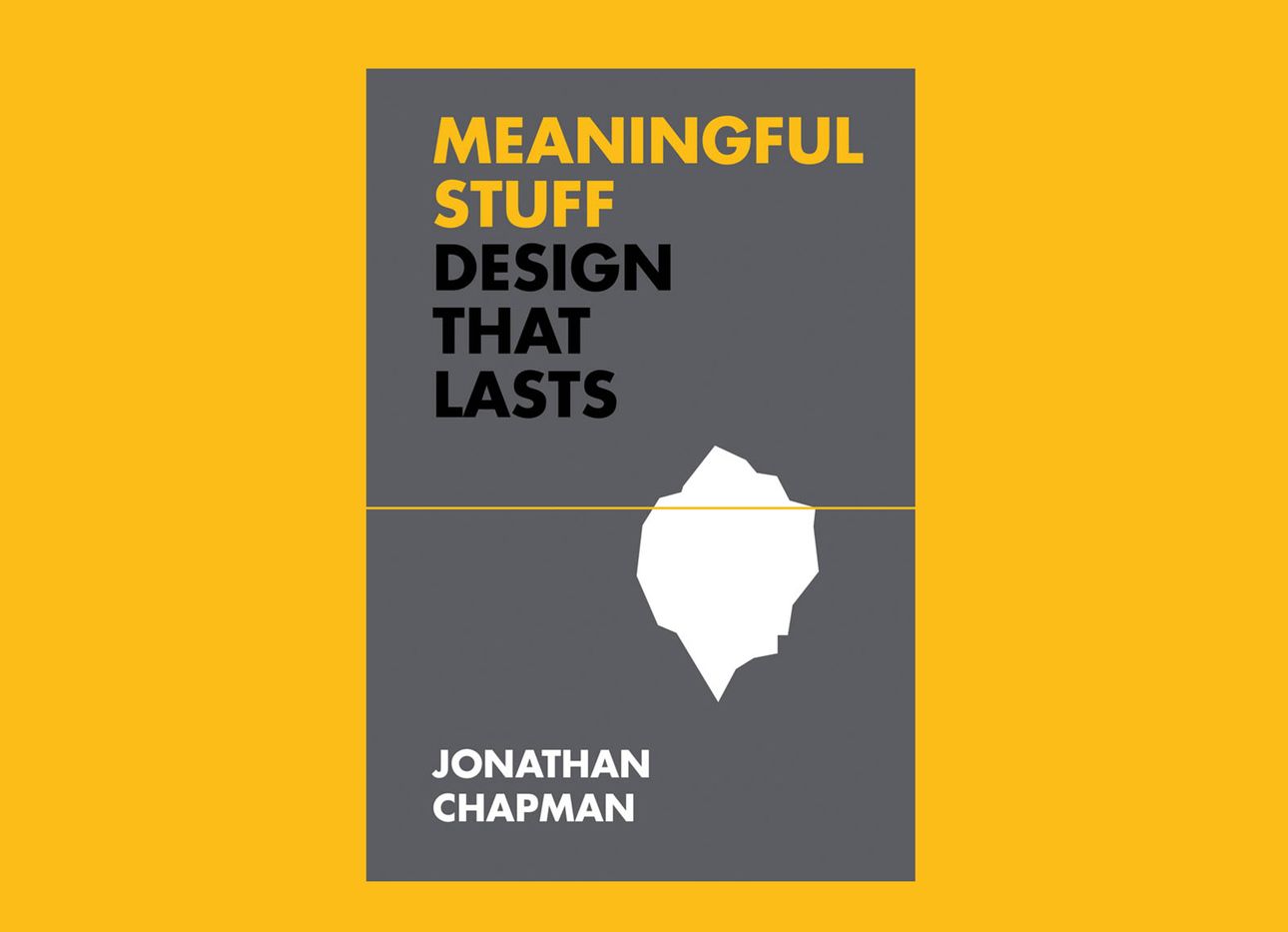
How to Break the Cycle of a Throwaway Society
Jonathan Chapman, a professor and director of doctoral studies at Carnegie Mellon University’s School of Design, is intrigued and dismayed by the swiftness with which new possessions often lose their value in the minds of contemporary consumers. In his forthcoming book, Meaningful Stuff: Design That Lasts (M.I.T. Press), out next month, Chapman shows how unhealthy patterns of consumption can be disrupted by creating fewer, longer-lasting products, services, and systems—an “experience heavy/material light” design sensibility, as he puts it—that can facilitate a deeper relationship between people and objects while simultaneously preserving the planet. We recently spoke with Chapman about the allure of newfangled things, why they tend to become obsolete, and how to build healthier relationships with the items in our lives.
Why, psychologically, are we excited by new designs? And how can we establish better connections with the things we already own?
We’ve been trained for more than a century and a half to project our insecurities and fears onto branded goods, and on the false hope that they’re going to fix whatever we feel that we need to remedy. There’s a subset of humans that have become extremely efficient at leading us to believe that, if we just buy that next thing, things will be better.
In the book, I’m not talking about a world without products, because I don’t believe in that world. But I do think we need fewer, better things. We need things that we choose well, that we actively maintain and fix when they break. It’s about making longer-term commitments to a handful of objects, rather than fleeting connections to multiple things—which is, of course, the underpinning of our ecological catastrophe.
Why do people toss out, or stop using, perfectly functional objects?
To answer that question, we have to break the term function into two types. There are technical functions, such as: Is this knife cutting well? Is this phone holding its charge? And there are experiential functions, which are more about how a product reflects my identity and my image, or how it entertains me or makes me feel safe. Both are entangled in what we call “user experience.” As a customer or an owner of a product, we often don’t separate the two. We just feel what we feel.
Do you think planned obsolescence plays a role in shaping those emotions?
Planned obsolescence is the foundation of the majority of our economic models today. Most people are unaware of just how influenced by it they are. I mean, you notice when a battery in your headphones needs replacing, or when a product’s software has been updated to the point that the hardware can no longer carry it. But you can’t do anything about it. Suddenly, the product is trash.
Whether that object was purposefully designed for obsolescence, or the design simply failed to recognize that the world that object exists in is constantly changing, I couldn’t tell you. But I do know that around ninety-nine percent of products on the market today are designed with [one or the other].
You’ve suggested that one of the ways companies can help societies transition to a more sustainable future is by designing circular systems for their products. Can you describe what that economy might look like?
For a century or more, we’ve had what you could call a linear economy, where material comes out of the ground, gets turned into products that are briefly used, and discarded. It ends up back in the ground again, where it slowly poisons everything. What we’re trying to do with the circular economy is take that line, and form it into a circle.
Many people know about recycling the new, or buying used items. But the circular economy is more than that. It’s about recognizing that the way we design products needs to be fundamentally different. They need to be designed to come apart, and with better material choices for reprocessing. We need business models that support longer-lasting products, and that offer systems for taking products back when people are finished with them. In a circular economy, clutter isn’t the worst thing, because we can get that stuff and turn it into something else; it’s a complete game-changer.